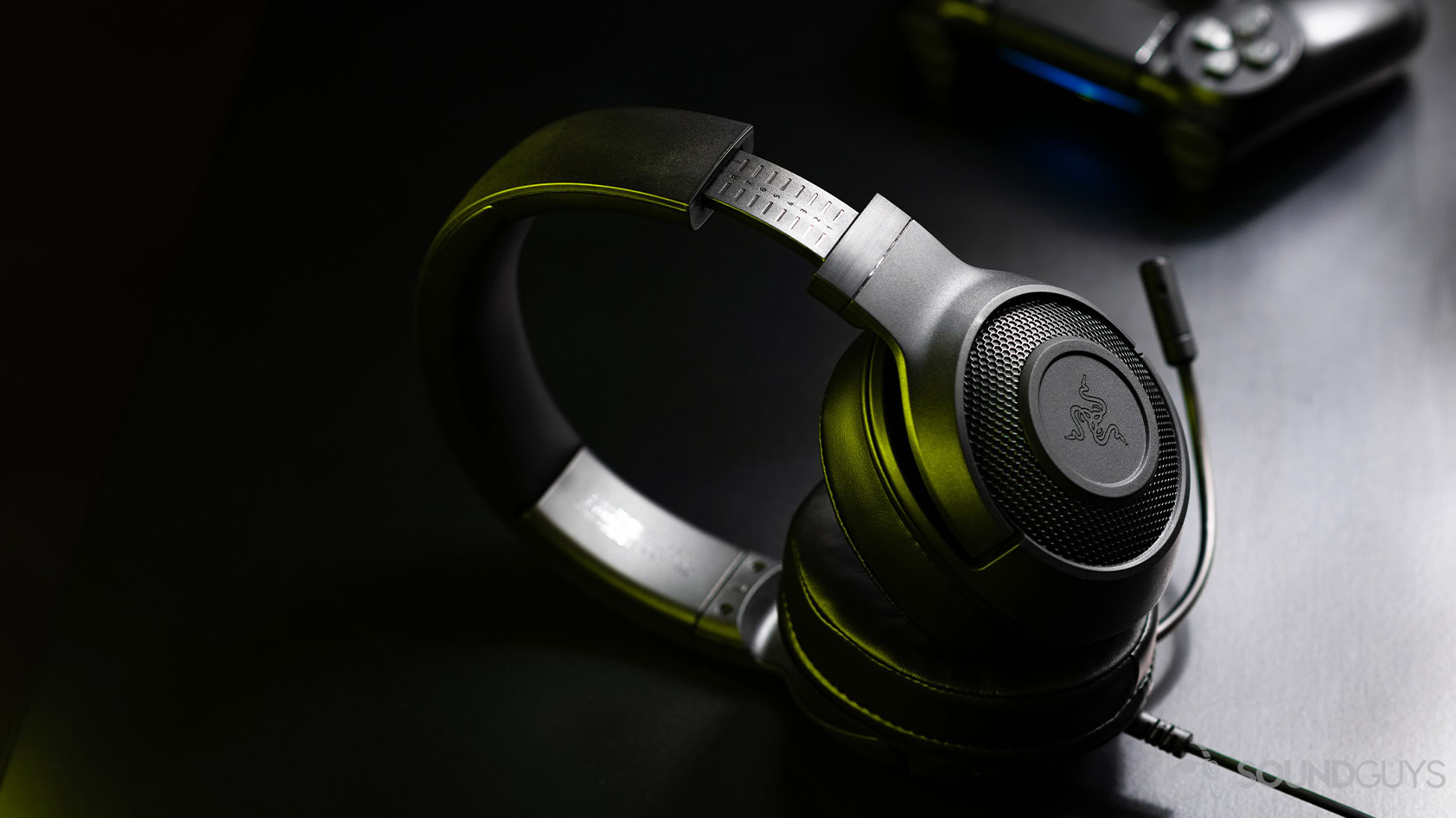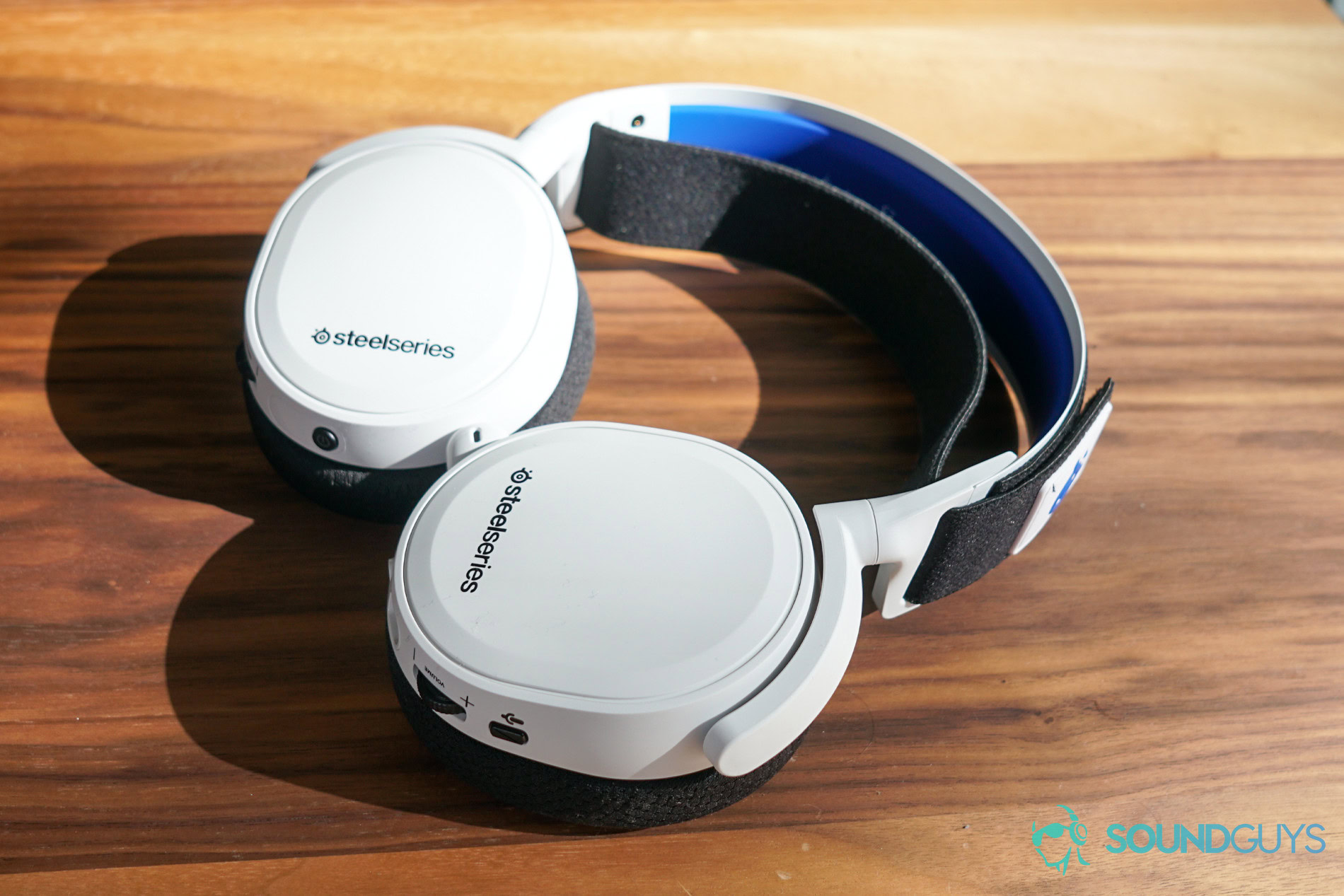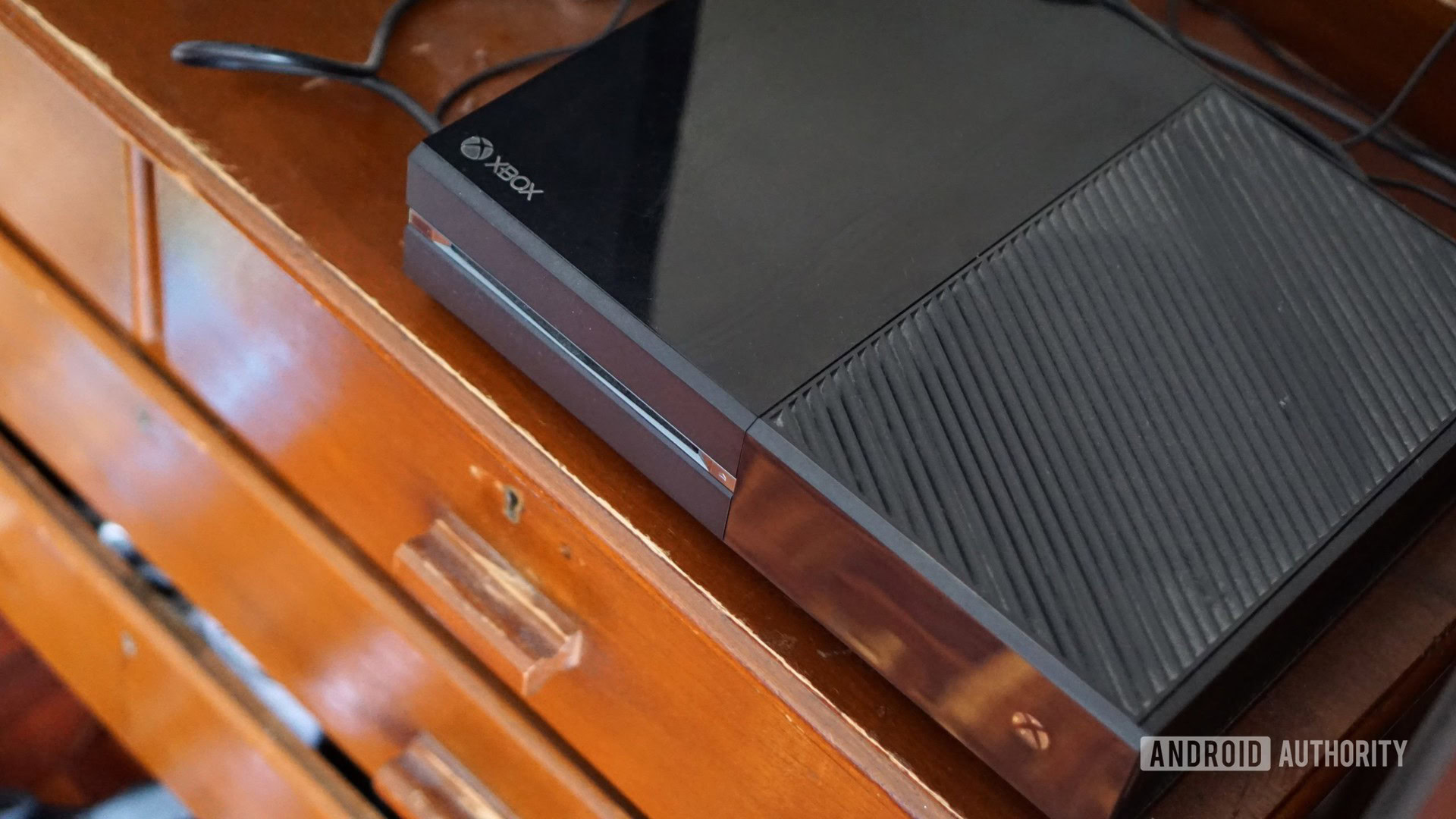Affiliate links on Android Authority may earn us a commission. Learn more.
What is Windows Sonic for Headphones?
Published onMarch 8, 2023

Surround sound through headphones, known as spatial audio, is a hot topic in the audio world. But there isn’t a singular implementation of this idea. Microsoft’s entry in the field is Windows Sonic for Headphones, which comes as part of the eponymous Windows operating system.
But what exactly is Windows Sonic, and how does it work? Here’s what you need to know about the Windows Sonic surround sound standard.
QUICK ANSWER
Windows Sonic for Headphones is a platform tool that delivers three-dimensional spatial audio to you on Windows computers and Xbox One consoles.
To enable Windows Sonic for Headphones on your PC, go to Start Menu > Settings > System > Sound > Related settings > Sound Control Panel. Now, select the playback device, and right-click to open Properties. Select Spatial sound, and then change the format to Windows Sonic for Headphones, and click Apply.
JUMP TO KEY SECTIONS
What is Windows Sonic for Headphones?

Without getting too technical, Windows Sonic for Headphones is a software tool that essentially tricks your ears and brain into thinking sounds originate from various positions all around you. It’s comparable to a three-dimensional audio experience, where sound can come from any direction, including above and below.
You will need compatible content to take advantage of Windows Sonic. Content mixed with the standard in mind could be a bit more difficult to find. It can use the data from Dolby Atmos mixes and 5.1 or 7.1 content, but it likely won’t be fully the same experience.
Windows Sonic for Headphones comes as a part of Microsoft Windows and the Xbox One, however, so it’s basically free if you already have the operating system. Plus, because the OS does all the signal processing required, there’s no need to buy a specific set of headphones. That’s especially useful for video games because you can gain spatial audio when playing compatible titles without investing in specialized hardware.
When paired with a compatible device, Apple Spatial Audio supports head tracking, something that Windows Sonic lacks.
Unlike Apple’s implementation of spatial audio, Windows Sonic for Headphones has no head tracking. However, Apple’s spatial audio requires specific models of AirPods and Beats to use head tracking. For Windows Sonic, this absence of head tracking means the immersion might break if you move your head around a lot. But as long as you’re mostly looking at your monitor, that isn’t as big of a concern.
How does Windows’ spatial audio work?

Like any spatial audio standard, also called “virtual surround,” such as Dolby Atmos, Microsoft’s implementation treats sounds like objects that can change both in position and over time. Using software or hardware signal processors, compatible content can mimic how sounds arrive at your ears from various directions. By doing so, a pair of headphones can create the impression that you’re in the middle of the action.
Basically, spatial audio works by taking into account everything that happens to sound waves as they pass through your ears, head, and torso. If a sound is to the left of you, for instance, it takes longer to reach your right ear, which is how we can determine directionality. Your head also acts as a filter that removes some higher frequencies. Furthermore, sounds change in pitch as they get closer to you and again as they get farther away.
By emulating all these effects, plus other phenomena, including phase cancellation, auditory masking, and the myriad other things that can happen to sound as it travels through space, interacts with other sounds, and hits your body, spatial audio can create a convincing surround sound effect. This requires either dedicated software or hardware to accomplish, and that’s the role Windows Sonic plays. You can try listening to a binaural audio YouTube video to get an idea of the experience. This general principle can be extended to games, movies, music, and more.
How to use Windows Sonic for Headphones?
Windows Sonic works on Windows desktops, laptops, and the Xbox One. If you have any one of these, it should be pretty straightforward to get everything working.
Enable Window Sonic for Headphones on a PC
It’s relatively simple to enable Windows Sonic for Headphones on a PC:
- Open the Start menu, then head to Settings > System > Sound > Related settings > Sound Control Panel.
- Select your playback device and then right-click and choose Properties.
- In the window that opens, select Spatial sound.
- Under Spatial sound format, choose Windows Sonic for Headphones, then click Apply.
If you have compatible content, you should be all set. If you want full Dolby Atmos support, you can install the Dolby Access app, which comes with a seven-day free trial and will cost you a one-time payment of $14.99 afterward. DTS Surround Unbound includes DTS Headphone:X support and will cost $19.99 after a two-week free trial.
If you don’t see the option for Windows Sonic, there’s a good chance that your device doesn’t support the same.
Enable Windows Sonic on Xbox One

If you have an Xbox One, you can also enable Windows Sonic on your console:
- In the Xbox One menu, head to Settings > Audio Devices > Audio Output.
- In the menu that appears, you can choose from Stereo Uncompressed, Windows Sonic for Headphones, or Dolby Atmos for Headphones.
- Choose Windows Sonic.
Much like on a PC, you’ll have to make a purchase separately if you want full Dolby Atmos support.
FAQs
There’s no clear data on the number of apps or the specific apps that support Windows Sonic for Headphones specifically. However, a good yardstick to figure out Windows Sonic support is to look for support for Dolby Atmos, as both technologies use similar spatial data for positional audio delivery.
Windows Sonic for Headphones is good and makes a difference in the spatial audio experience when you enable it. However, the intensity of this experience is highly dependent on the hardware that you are using. You will hear only a few changes when using small budget earbuds, but you will hear a lot more when you use high-quality headphones.
You can try switching on Windows Sonic and see if you can hear any positive difference in your usual workflow. If you don’t like the changes, or if you can’t notice them, you can switch Windows Sonic for Headphones off.